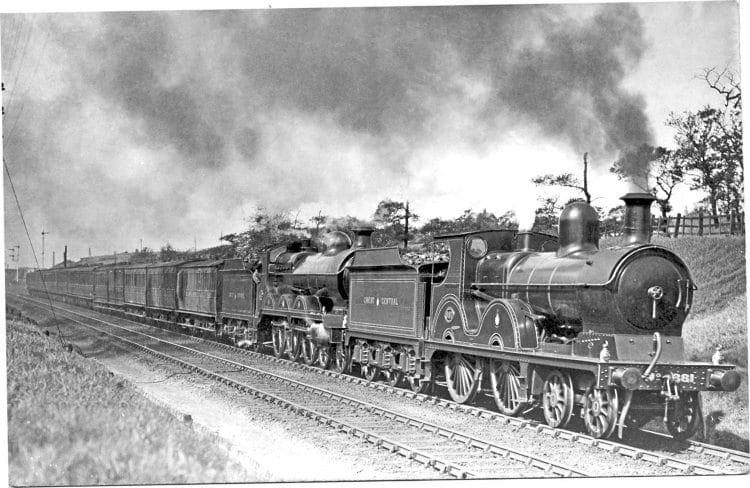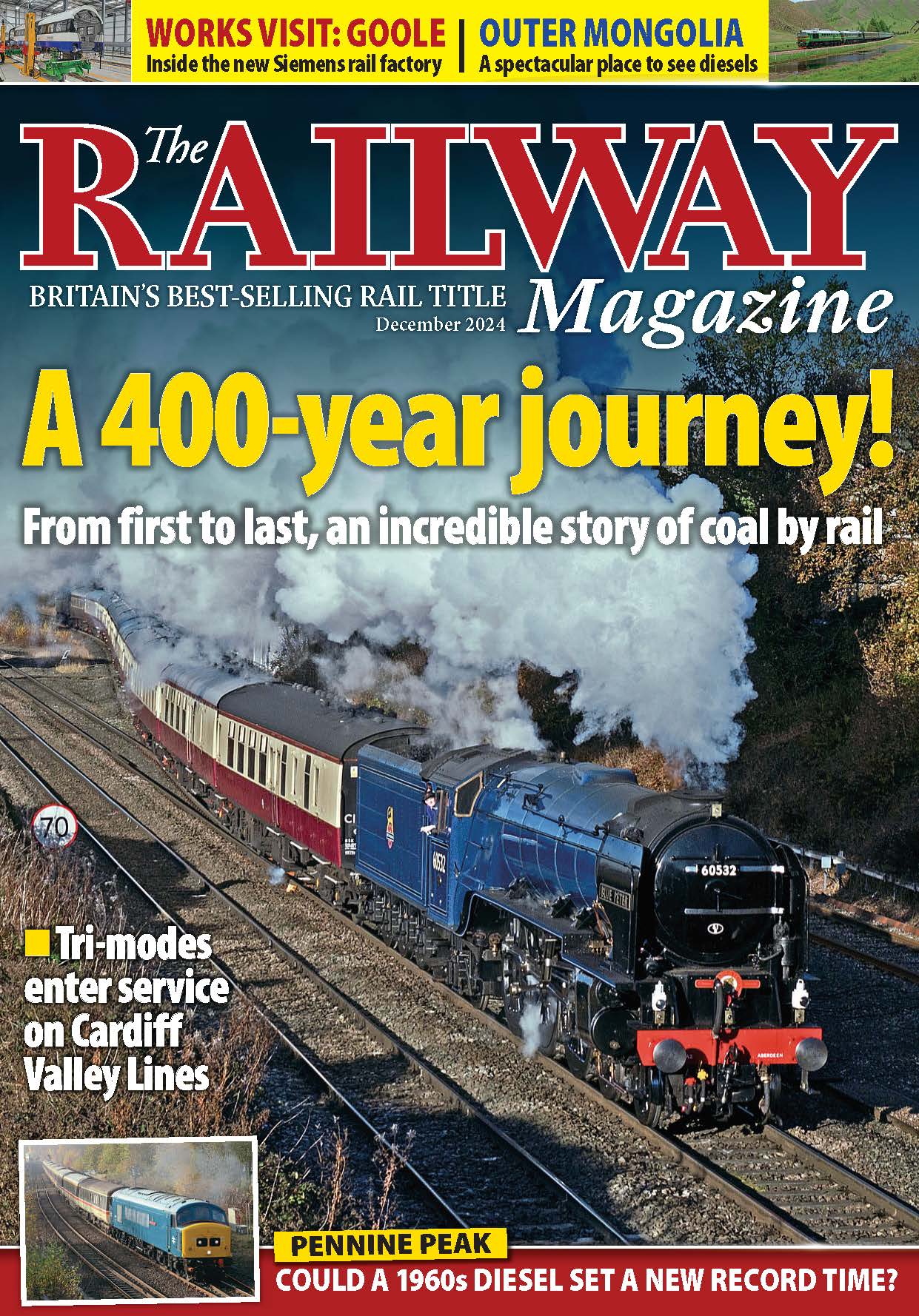In the fifth in our series of railway writers and artists, the life of the great communicator and railway historian supreme is recounted by Robert Humm.
George Dow was a man of many parts. Professionally he was a career railwayman for his entire working life, much of it spent in public relations on the LNER and BR London Midland Region.

He was a patron of up-and-coming railway artists Vic Welch, Hamilton Ellis and Arthur Wolstenholme. In private life he was a writer and historian of considerable talent, a collector of railway memorabilia, someone who encouraged and developed new areas of railway study such as railway heraldry and scale modelling, based on solid historical fact. He was a perfectionist in everything he did.
Monthly Subscription: Enjoy more Railway Magazine reading each month with free delivery to you door, and access to over 100 years in the archive, all for just £5.35 per month.
Click here to subscribe & save
Believing that “no one would ever read it” Dow refused to write an autobiography. That, perhaps, was his one serious misjudgement. Fortunately, his son Andrew wrote a private memoir, which I have drawn on freely, that preserves the most important aspects of George’s many-faceted life. In this article I shall sketch his early life and railway career and then concentrate on his literary and artistic talents.
Born in Watford, Hertfordshire, on June 30,
1907, George Dow (GD) was the eldest surviving son of Herbert and Loela Dow (née Currell). There was an older son, Reginald, who had died in infancy and two younger sisters, Phyllis and Betty. Herbert was an estate accountant, whose grandfather had moved south from Scotland in the 1850s.
George’s early life, in that brief golden era of railways before the cataclysm of 1914, has parallels with several other subjects of this series: childhood walks with mother beside a railway fence, an early favourite company (in this case the Midland, its irresistible crimson livery first seen on a coal merchant’s calendar), Bing and Bassett-Lowke model engines. The die was cast at a very early age. George wanted to be a railwayman and he was determined to design locomotives.
Read more in February’s issue of The RM – out now!




